“Lime plaster is as old as time—think Roman and earlier—and perfect for our times,” says Domingue Architectural Finishes, a Houston-based company started by Eddy Dankers (a master painter and Axel Vervoodt’s plasterer), color expert Eve Ashcraft, and Ruth Gay, owner of antiques house Chateau Domingue.
The company specializes in lime plasters and washes (depending on the amount of water added), which have long been used to add depth and character to walls with relative ease. In addition to being texturally intriguing, lime plaster and limewash keep buildings cool in summer and warm in winter—and they have anti-fungal and antibacterial properties, too. The reason behind the white exteriors of iconic Greek architecture? Buildings were painted with lime plaster to ward off infection during a cholera outbreak.
But lime plasters and washes can add character almost anywhere—well beyond walls. “It’s a material that is not only natural and beautiful but incredibly flexible,” the Domingue team says. Here are seven ways to add intrigue with lime finishes.
Photography courtesy of Domingue Architectural Finishes.
1. Instantly upgrade stairs.

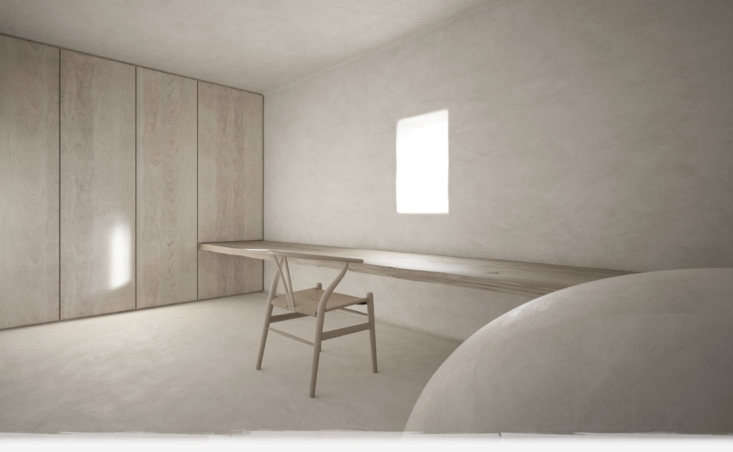
2. Think small.

3. Apply over brick.

4. Camouflage stone.

5. Play with texture.
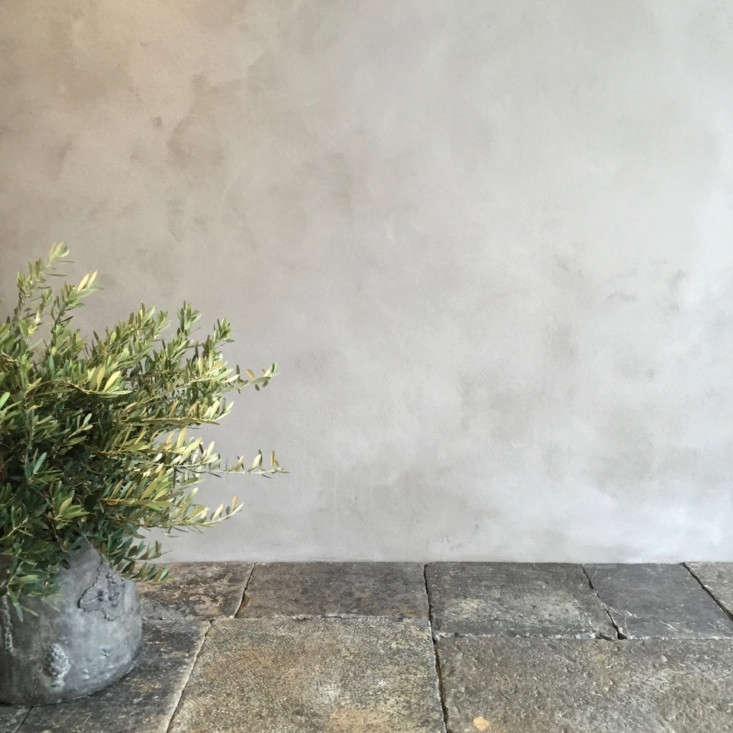
6. For a lighter effect, try limewash.

7. Create a backdrop for a wood stove.

8. Or a fireplace surround.

9. Take it outside.
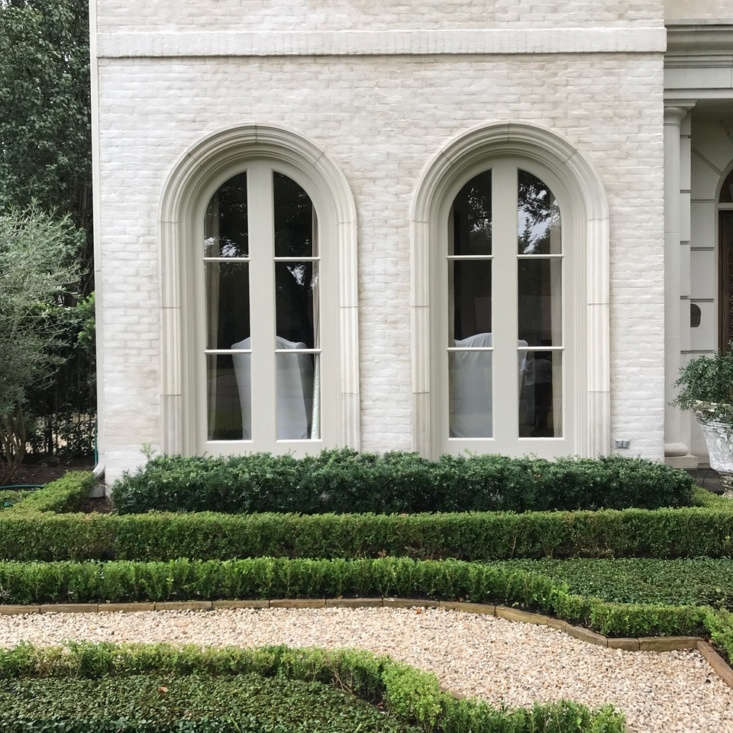
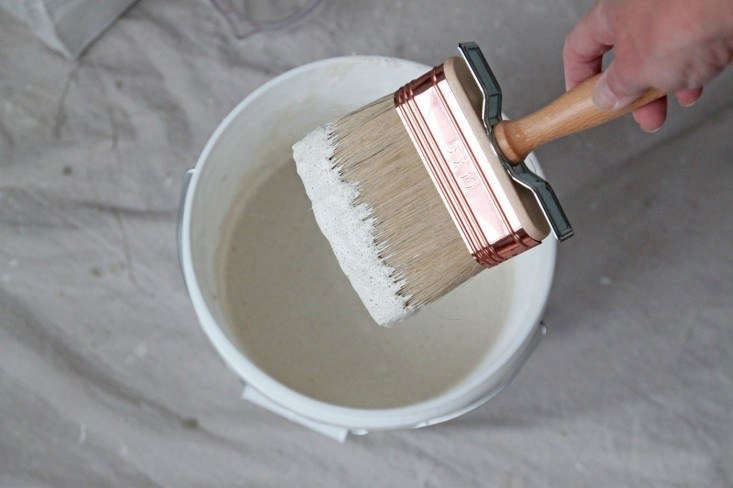
And for more expert color insight from Remodelista favorite Eve Ashcraft, see Gio Ponti–Inspired Color Palette from Eve Ashcraft and Expert Advice: Eve Ashcraft’s Indigo Palette.
And for more on limewash and plaster finishes, might we suggest:
- Remodeling 101: Everything You Need to Know About Limewash Paint
- DIY Project: Limewashed Walls for Modern Times
- Remodeling 101: Modern Plaster Walls, Six Ways
N.B. This post has been updated with new images, information, and ideas; the original story ran on August 3, 2018.
Frequently asked questions
What is lime plaster?
Lime plaster is a mixture of lime, sand, and water that is used to create a durable and breathable finish for walls and ceilings.
What are the benefits of using lime plaster?
Lime plaster is a natural material that allows walls to breathe and prevents moisture buildup. It is also durable, fire-resistant, and has a unique texture that adds character to a space.
How is lime plaster applied?
Lime plaster is typically applied in multiple coats with a trowel. The first coat, called the scratch coat, is applied directly to the wall or ceiling and allowed to dry before subsequent coats are added.
How long does lime plaster take to dry?
Lime plaster can take several weeks to fully dry and cure. It is important to keep the room well-ventilated during this time to allow for proper drying.
Can lime plaster be painted?
Yes, once lime plaster is fully dry it can be painted with a lime-based paint or a breathable mineral paint. Avoid using regular, synthetic paint on lime plaster as it can trap moisture and lead to damage over time.
Is lime plaster suitable for all types of walls and ceilings?
Lime plaster is ideal for walls and ceilings made of brick, stone, or other porous materials that require breathability. It may not be suitable for non-porous surfaces like concrete or drywall.
How can I maintain lime plaster?
Lime plaster should be dusted or vacuumed regularly to prevent the buildup of dirt and debris. Avoid using harsh cleaning solutions or abrasive materials that can damage the surface. If necessary, lime plaster can be resealed with a breathable mineral sealer.

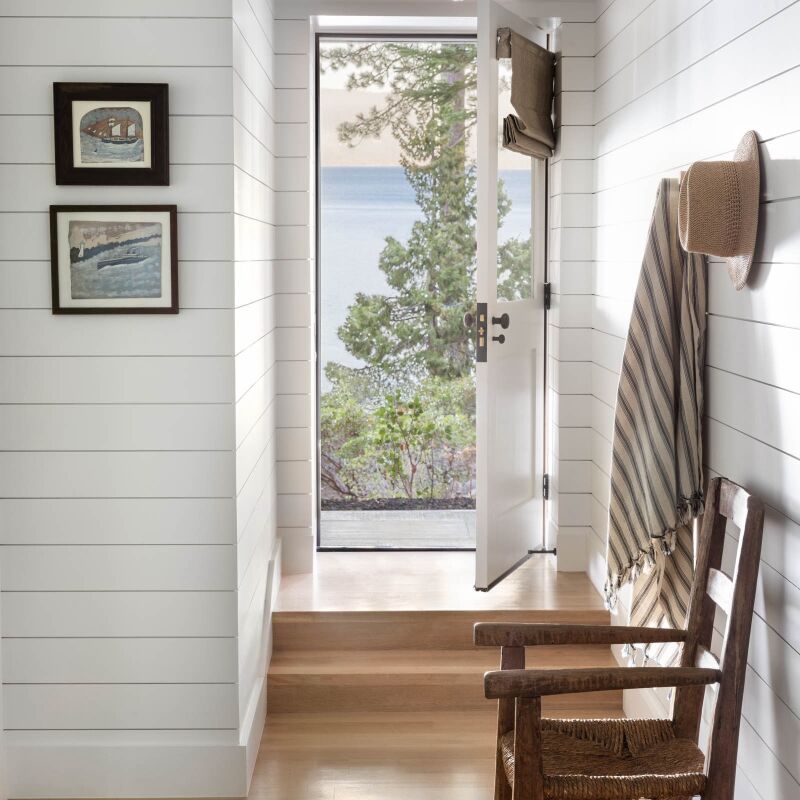
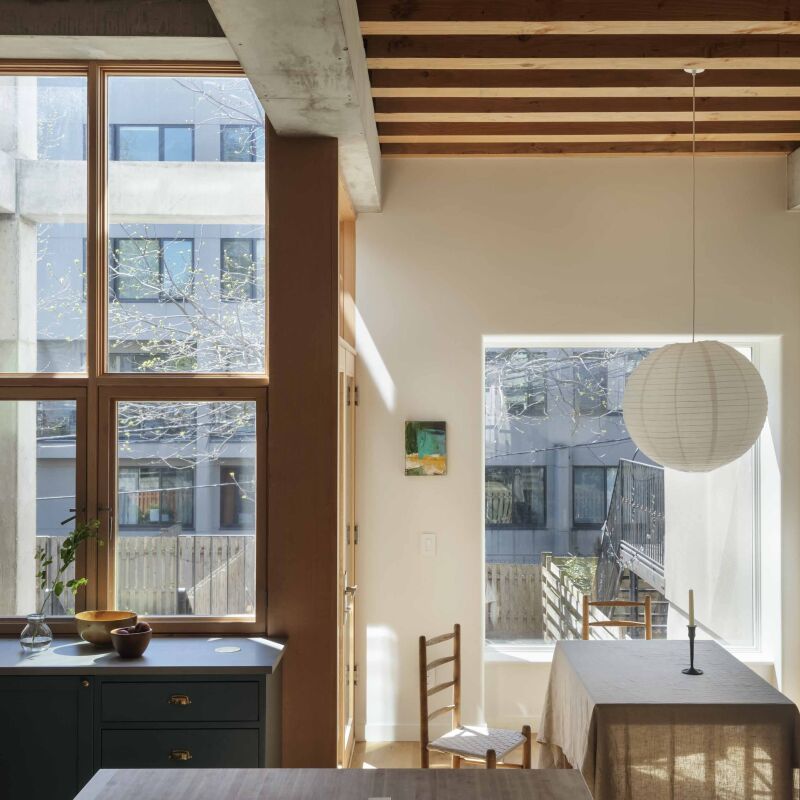


Have a Question or Comment About This Post?
Join the conversation